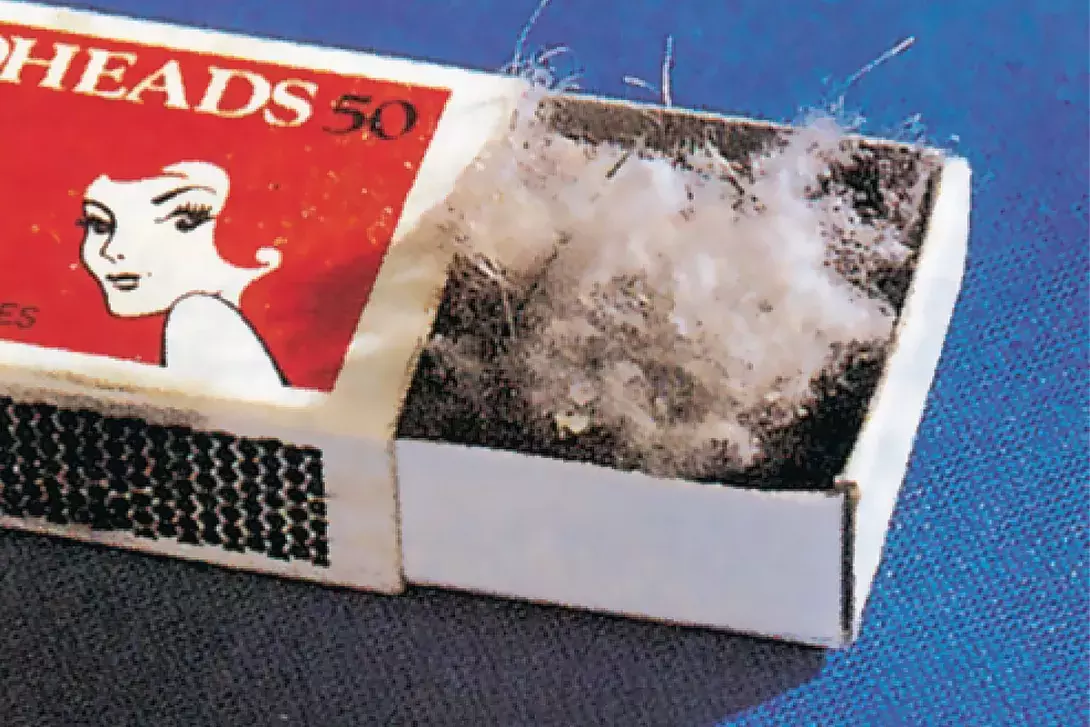A delusion of infestation

Dr Ellard, revered former Editor of Modern Medicine of Australia and later, Medicine Today, and a distinguished psychiatrist, wrote many essays and commentaries between the 1970s and early 2000s on society’s most controversial and vexing issues. These were published in various journals, including Modern Medicine of Australia and Medicine Today, and some were also compiled and published as books. This interesting clinical case scenario and commentary, ‘A delusion of infestation’ originally appeared in the August 2000 issue of Medicine Today.
One of my middle-aged patients, well known to me, has come to me to complain that there is an ants’ nest in his head. I have looked in both his ears with an auroscope and have told him firmly that his ear drums are intact. Ants could neither enter nor depart from his head and his belief is quite impossible.
He remains totally convinced that they are there.
Delusions of infestation are uncommon but do turn up from time to time. The sufferers consult general practitioners, dermatologists and other specialists appropriate to their belief; they do not come to see psychiatrists. Ants and lice are common agents of infestation. The sufferer may present a matchbox with cotton wool in it, in which are to be found dead ants and other small objects gathered from his or her surroundings, which provide – for the sufferer – absolute proof of the complaint (Figure).
The creatures may be larger. Dimitri Tsafendas, who murdered South African Prime Minister Dr Hendrik Verwoerd in 1966, believed that his act occurred at the command of a giant tapeworm that lived in his abdomen.
There are also apocryphal tales. One concerns a man who was convinced that a cat lived in his abdomen. Since his belief could not be shaken, he was told that the cat could be removed surgically. A dead cat was procured. His abdomen was opened and sewn up again, and when he woke up he was given the dead cat. He was told that his problems were over. His answer was that something must have gone wrong. The dead cat was black and white, while his cat was a tabby.
Delusional infestation affects both sexes equally. It does not remit without treatment. It is a distressing condition because the patients’ lives centre around their infestation and the harm that the parasites are doing to them.
Cases are so uncommon that there is no very large series. The evidence suggests that pimozide [Ed: no longer available]* is the most effective antipsychotic in this particular disorder. If pimozide* proves to be ineffective, it would be reasonable to try the other antipsychotics. Referral to a psychiatrist would be wise.
Sometimes unorthodox methods may help. A patient of mine was distressed by a delusional infestation of pigeon lice. With pharmacological treatment, there was a definite improvement but not a cure. The lice retreated from every part of her body to take up residence under her upper denture, where they remained obdurately. Each time she came to see me she took out her denture and demonstrated very small objects of various kinds that were proof of her argument. I told her – with great confidence – that I had seen this happen before and knew exactly what to do. She was to purchase a particular proprietary brand of denture cleaner, make it up to four times the recommended strength and leave her teeth in it for twice as long as advised. A cure was guaranteed. She returned a week later, wreathed in smiles. The lice had departed. We kept the medication going, and they did not return. MT
* Pimozide is no longer available in Australia. Another appropriate currently marketed antipsychotic should be used.

